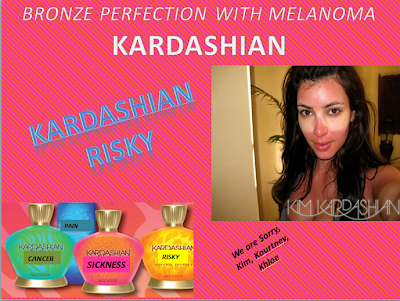1.What instructional
moves (i.e. group formation, topic selection, scaffolding the process,
assessment) did the teacher use that you might replicate in your own teaching
practices that involve critical media literacy?
Mr. Cardenas had very successful teaching strategies in his
journalism and digital media class. It is evident that he had strong background
knowledge of the concepts of the course. For this particular project, one
specific thing stood out to me. I think the way he formed the groups was very
effective. He assigned leaders of the group, those who stood out to him in the
journalism and digital media subject. I think this was a powerful strategy,
because it allowed for one person to take a little more stand in the group.
When I do a digital media project, I plan to utilize this strategy in my own
classroom. Also, I enjoyed the way in which he allowed topic selections. The
topics were allowed to be contradictory to the mainstream society, but students
still had to follow specific school rules, such as use of language. I think
this was a good mixture of providing authority but also allowing freedom.
2. What do you think
about the student created PSA? Did it seem creative? Do you think it could
serve as a legitimate assessment of writing ability? Do you think the topic
would be appropriate for school? What if the students chose a pro-choice
stance?
In my opinion, I think this was a creative PSA. Students formed
their opinion as a group and then advertised it. That is what PSA’s do. I truly
think this could serve as a legitimate assessment of their writing ability. In
the PSA, the teacher can see how the student’s thinking processes work. Were
they creative? Did they think outside the box? Did they use persuasion? These
questions can be answered by observing the students as they create the PSA.
I also think the topic is a little risky for school, but
could still be shown to a limited audience. I think some parents would probably
complain though. We are taught sex education in school, but this is going a lot
farther. I think the topic is acceptable for the project, but I would be
careful as to who viewed it. I would feel the same way even if the group had a
pro-choice stance. The topic is still being discussed, and there will still be
those who disagree. Either way, it is a risky topic, but a powerful one.
3. Do you share the
researcher's concerns that the PSA reproduced dominant or mainstream media
representations of girls and social class? Why or Why not?
I do agree with the researcher. The topic of choice made it
evident that this is something that is “somewhat” common in society. It brings
forth the thought that teen pregnancy must occur often in this school, or else
the topic would not have formed in the student’s minds. Coming from a small
school, where teen pregnancy was definitely common, I do think the PSA displays
media representation of girls and social class. On the other hand though, I
think that is okay. It is taking a stand, recognizing there is an issue, and
discussing their opinion.
4. What concerns do
you have about engaging students in critical media literacy?
My concerns align with the researchers. I think in doing
critical media literacy projects with younger students, the parents need to be
informed. Parents need to understand the controversial topics that students may
bring up in their projects. They need to be aware of the things that their
child may be doing. If this did not happen, I would worry that a parent would
be deeply angered if they saw their child talking about such a controversial
issue, and were unaware of the project.
5. What topics might you use for a PSA that would
help you meet your curriculum goals and content standards?
The next generation standards for RLA have a strong focus on
informational text. I would like to incorporate a PSA that revolves around the
analyzing of informational text. One of the stories in our textbook is “Helping
Out.” It is informational. After reading this story, I would like my students
to take the standpoint of one of the individuals described in the story. Each group
could then make their own PSA, as if they were that particular individual.
Students could create a PSA explaining a way we could help the community, for
example “stop polluting.”
6. How would you
implement the construction of a PSA in your own classroom to include aspects of
critical media literacy?
As stated above, I would use the stories provided in the
textbook to help create my PSA. Science topics could also assist in the
production of the PSA. Before doing this, students would need to be aware of
some concepts of critical media literacy. We would need to watch some “kid
friendly” public service announcements and discuss them. I would introduce the
topics of media literacy in understandable terms for second graders. We would
look at many advertisements and discuss them in depth. Eventually, as a whole
class, we would decide on a topic for our PSA. Using the science topics or
reading story as a guide, we would work as a whole group to make a public
service announcement.



